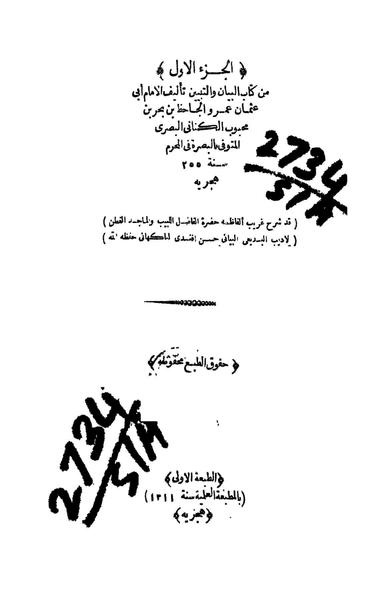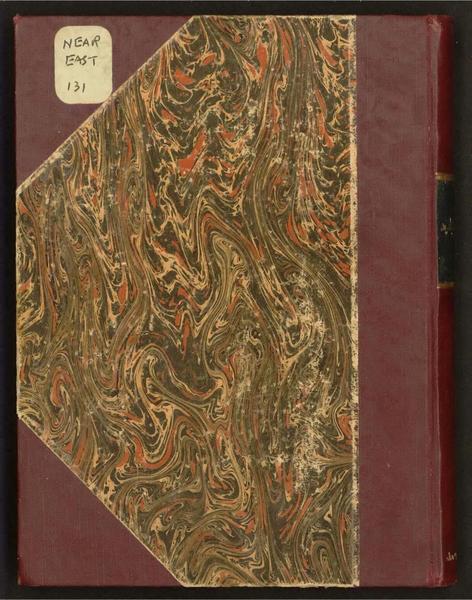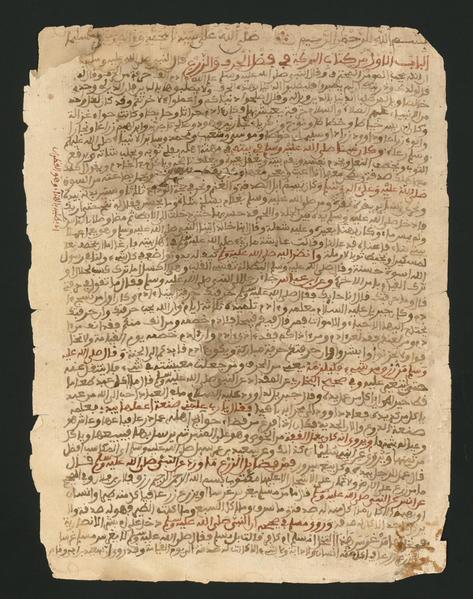 1
1title: Jews Praying in the Synagogue on Yom Kippur
artist: Maurycy Gottlieb
date: 1878
medium: Technique oil canvas
dimensions: size cm 245.1 191.8 he גובה 245.1 ס"מ, רוחב 191.8 ס"מ
current location: Institution:Tel Aviv Museum of Art en|Tel Aviv Museum of Art, Israel ar|متحف الفنون في تل أبيب cs|Muzeum umění v Tel Avivu en|Tel Aviv Museum of Art fr|Musée des Beaux arts de Tel-Aviv
source: ar|من كتاب ''Jewish Art''، إعداد غريس كوهين غروسمانا، ISBN|0-88363-695-6 ، ص 199. منسوخة بِكاميرا كانون EOS رقميَّة. cs|Z ''Jewish Art'' od Grace Cohena Grossmana, ISBN|0-88363-695-6 , p. 199. Kopie pořízena Canon EOS Digital Rebel s EF 50mm f/1.8 na oddělení umění UConn. ISO 100, f/8, 1/15s. Výsledný obrázek byl pak ořezán a vylepšen pomocí Gimpu a uložen s JPEG kvalitou 0,95. en|From ''Jewish Art'', edited by Grace Cohen Grossman, ISBN|0-88363-695-6 , page 199. Copied with a Canon EOS Digital Rebel with EF 50mm f/1.8 mounted on a copy stand at the UConn art department. ISO 100, f/8, 1/15s. The image was then cropped and level-adjusted with Gimp and saved with a JPEG quality of 0.95. fr|Copie du livre ''Jewish Art'', édité par Grace Cohen Grossman, ISBN|0-88363-695-6 , page 199. Copie réalisée avec un Canon EOS Digital Rebel avec un objectif EF 50mm f/1.8 (Réglages ISO 100, f/8, 1/15s) dans l'UConn art department. Image ajustée avec le Gimp.
credit: From Jewish Art, edited by Grace Cohen Grossman, ISBN 0-88363-695-6, page 199. Copied with a Canon EOS Digital Rebel with EF 50mm f/1.8 mounted on a copy stand at the UConn art department. ISO 100, f/8, 1/15s. The image was then cropped and level-adjusted with Gimp and saved with a JPEG quality of 0.95.
license:Public domain
 2
2title: Lunar eclipse al-Biruni
artist: Al-Biruni
date: 18th century [1]
medium: manuscript
current location: Institution:Library, Museum and Document Center of Iran Parliament
source: Scanned from: book reference |title=Islamic Science: An Illustrated Study |author=Seyyed Hossein Nasr |publisher=World of Islam Festival Publishing Company |year=1976 |id=ISBN|090503502X
credit: Scanned from: Seyyed Hossein Nasr () Islamic Science: An Illustrated Study, World of Islam Festival Publishing Company ISBN 090503502X
license:Public domain
 3
3title: Bahram Gur hunting
artist: unknown
date: 16th century
dimensions: Size cm 32.5 44.5
current location: Institution:Library of Congress
source: LOC-calligraphy|ascs.156
credit: This calligraphic fragment is available from the United States Library of Congress's African & Middle Eastern division
under the digital ID ascs.156.
This tag does not indicate the copyright status of the attached work. A normal copyright tag is still required. See Commons:Licensing for more information.description: This painting represents an episode drawn from Nizami's "Haft Paykar" (The Seven Thrones), the fourth book of his "Khamsah" (Quintet). The great Sasanian king Bahram Gur (r. 430-38), famous for his hunting powers and thus nicknamed "wild ass" (Bahram Gur), astonishes his companions with his quasi-divine prowess at hunting onagers. After his expedition and as a gesture of generosity, he orders 1,200 onagers (half to be branded and half to be earmarked with gold rings) to be distributed among his people. Script: nasta'liq.
license:Public domain
 4
4title: Девятый вал
artist:
Hovhannes Aivazovsky (1817 - 1900) – Painter (Russian)
Born in Rossiiskaya imperiya, Feodosia. Dead in Rossiiskaya imperiya, Feodosia.
Details of artist on Google Art Projectdate: 1850
medium: technique oil canvas
dimensions: w3320 x h2210 mm
current location: The State Russian Museum, St. Petersburg
credit: jgHuL-7yxgrOSw at Google Cultural Institute maximum zoom level
license:Public domain
 5
5title: Arabic Prayerbook Google Art Project
artist:
Unknown authordate: A.H. 1150/1738 C.E.
medium: Ink, opaque watercolor, and gold on paper; lacquered papier mâché binding
dimensions: 3 11/16 x 2 1/4 x 3/4in. (9.4 x 5.7 x 1.9cm)
current location: Brooklyn Museum
credit: 6wEYVHSvYk4qNw at Google Cultural Institute maximum zoom level
license:Public domain
 6
6title: Hamla i Haydari Bazil (1808) BNF Gallica
artist: unknown
date: 1808. Upload: 2013-04-06
medium: technique illumination parchment en 1=Tempera and gold
dimensions: size cm
current location: institution:BNF
source: ARK-BNF Upload, stitch, restoration by [[User:Jebulon|Jebulon]]
credit: Bibliothèque nationale de France
description: Two folios, illuminated persian manuscript.
Hamla-i Haydarī is an epic poem written by the Persian poet Bāzil Mashhadī in 1124 AD. The book narrates Ali and Muhammad's wars. The page in the photo consists of poems that praises Allah.license:Public domain
 7
7title: The Book of Eloquence and Oratory
artist: Jāḥiẓ, died 868 or 9
date: between 1893 and 1895
medium: ru 1=Книги fr 1=Livres en 1=Books zh 1=图书 pt 1=Livros ar 1=كتب es 1=Libros
dimensions: en 1=24 centimeters
current location: ru|1=Александрийская библиотека fr|1=Bibliotheca Alexandrina en|1=Bibliotheca Alexandrina zh|1=亚历山大图书馆 pt|1=Biblioteca de Alexandria ar|1=مكتبة الإسكندرية es|1=Biblioteca de Alejandría
description: Abu Uthman Amr ibn Bahr al-Kinani (776–869 AD; 163–255 AH), nicknamed Al-Jahiz for his bulging eyes, was a leading literary figure who lived during the early Abbasid era. He was born and died in Basra, Iraq. It was said that his grandfather was a slave from East Africa. Al-Jahiz was a prolific writer on subjects ranging from theology, to politics, to manners, who left many highly significant works. He is credited with having profoundly shaped the rules of arabic prose. Al-Jahiz’s Al-Bayan wa al-Tabyeen (The book of eloquence and oratory) is considered his second most important book after al-Hayawan (Animals). The book comprises selections from literary works, including orations, poems, commentaries, and treatises. It considers the rhetoric and oratory of the major public figures of the Islamic world. The book helped to establish the early scholarly foundations for arabic rhetoric and language philosophy.
arabic literature; arabic poetry; Eloquence; Oratory; Poetry; Rhetoriclicense:Public domain
 8
8title: The Book of the New Chemical Medicine
artist: Ḥalabī, Ṣāliḥ Naṣr Allāh ibn Sallūm
date: between 1700 and 1799
medium: ru 1=Рукописи fr 1=Manuscrits en 1=Manuscripts zh 1=手稿 pt 1=Manuscritos ar 1=مخطوطات es 1=Manuscritos
dimensions: en 1=105 leaves (19 lines), bound : paper ; 20 x 15 centimeters
current location: ru|1=Библиотека Конгресса fr|1=Bibliothèque du Congrès en|1=Library of Congress zh|1=国会图书馆 pt|1=Biblioteca do Congresso ar|1=مكتبة الكونغرس es|1=Biblioteca del Congreso
description: This important text presents a detailed exposition of the harmony-based non-Galenic medicinal system of Paracelsus, i.e., Phillip von Hohenheim (1493-1541), the famous Renaissance author who advocated a new approach to the use of chemicals and minerals in medicine. The treatise, comprising more than 100 folio sheets, is divided into an introduction and several chapters. In the introduction, the author derives the word kīmīyā from the Greek χημεία. He attributes the foundation of the discipline to Hermes, but credits Paracelsus with shifting the discipline toward the art of medicine and healing. Sections of the treatise connect natural elements with zodiacal signs and discuss various diseases, chemical methods, and the making of potions, elixirs, poisons, and so forth. The date of composition does not appear anywhere in the manuscript, but the year 1210 AH (1795-96) is mentioned on the title page and may refer to the date it was acquired by one of its early owners.
Alchemy; arabic manuscripts; Medicine; Paracelsus, 1493-1541; Pharmacologylicense:Public domain
 9
9title: Book of the Blessed Merits of Crafts and Agriculture
artist: unknown
date: between 1500 and 1900
medium: ru 1=Рукописи fr 1=Manuscrits en 1=Manuscripts zh 1=手稿 pt 1=Manuscritos ar 1=مخطوطات es 1=Manuscritos
current location: ru|1=Мемориальная библиотека Мамма Хайдара fr|1=Bibliothèque commémorative Mamma Haidara en|1=Mamma Haidara Commemorative Library zh|1=海达拉家族纪念图书馆 pt|1=Biblioteca Comemorativa Mamma Haidara ar|1=مكتبة ماما حيدرة التذكارية es|1=Colección Conmemorativa Mamma Haidara
description: Timbuktu (present-day Tombouctou in Mali), founded around 1100 as a commercial center for trade across the Sahara Desert, was also an important seat of Islamic learning from the 14th century onward. The libraries there contain many important manuscripts, in different styles of arabic scripts, which were written and copied by Timbuktu’s scribes and scholars. These works constitute the city’s most famous and long-lasting contribution to Islamic and world civilization. The social benefits of trades, crafts, and agricultural pursuits are discussed in this book. The anonymous author describes the contributions to society of various vocations and expresses the fundamental dignity that individuals acquire by working in socially useful jobs.
Agriculture; arabic calligraphy; arabic manuscripts; Handicraft; Islamic manuscripts; Timbuktu manuscriptslicense:Public domain

title: Flower detail, Arabic Prayerbook Google Art Project (cropped)
artist:
Unknown authordate: A.H. 1150/1738 C.E.
medium: Ink, opaque watercolor, and gold on paper; lacquered papier mâché binding
dimensions: 3 11/16 x 2 1/4 x 3/4in. (9.4 x 5.7 x 1.9cm)
current location: Brooklyn Museum
credit: 6wEYVHSvYk4qNw at Google Cultural Institute maximum zoom level
license:Public domain





